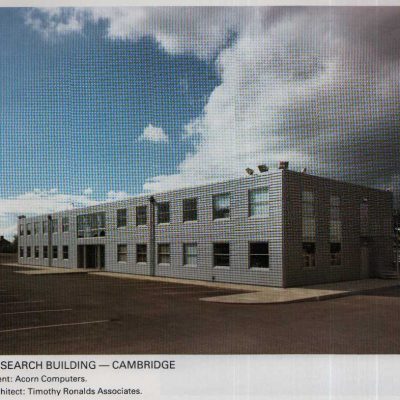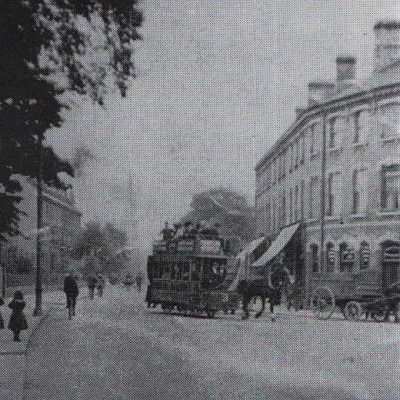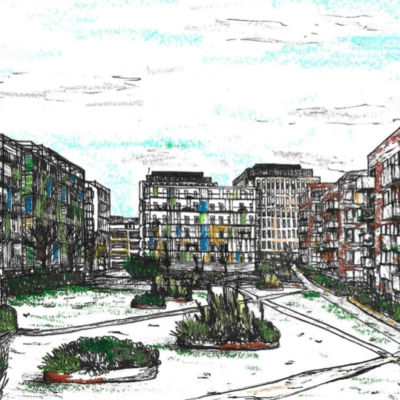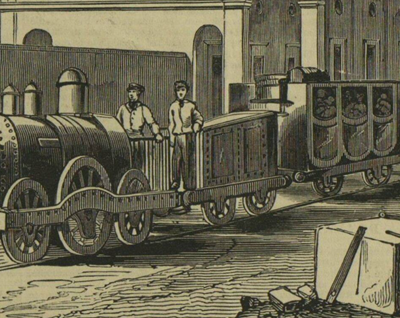Search by topic
- archaeology
- Building of Local Interest
- charity
- church
- crime
- dressmaker
- fire
- Great Eastern Railway
- Listed building
- Mapping Relief
- medieval
- oral history
- poverty
- Public House
- Rattee & Kett
- Religious House
- Roman
- scholar
- school
- Then and Now
- tudor
- women
- work
- world war one
- world war two
Search by text
 Wilton Terrace Station Road
Wilton Terrace Station Road1, Wilton Terrace, 32 Station Road
History of 1 Wilton Terrace
1891
Alfred Kett, 47, builder, born Norwich
Harriet L, 49, born Cambridge
Ernest E, 20, born Cambridge
Lucy E, 17, born Cambridge
Ada M E, 15, born Cambridge
Mabel S, 11, born Cambridge
Eliza Kemp, 20, servant, born Cambs.
1901
Caroline King, widow, 75, living on own means, born Warwick
Frederick A, 45, born Bottisham
Caroline, d-in-law, 47, born Sussex
Elizabeth Hart, servant, widow, ladysmaid, 69, born Warwicks
Mary Labram, servant, 28, cook, born Cambs.
1911
George Reed, 47, milling engineer, born Devon
Louisa madge, 49, 8 children, 1 died, born Devon
Florence Mary, 22, born Devon
Ernest George, 20, agricultural engineer, born Devon
Ethel May, 19, typist and clerk, born York
Elsie Maud, 16, born York
Frederick Augustus, 15, junior assistant in Cam. Univ. Medical Schools, born Yorks
Getrude, 14, born Yorks
Redvers, 10, Born York
Alfred Howarth Lowbridge, 24, law student, born Folkstone
Ada Dyson, 18, servant, born Cambs
1913
(32 Station Road) no occupant
Spalding’s 1887 Directory lists Alfred Kett (1843 – 1920), one of the owners of the firm of monumental masons and wood carvers Rattee and Kett, as living at No. 1 Wilton Terrace. Alfred trained as a carver and builder with his father George Kett (1809 – 1872) who worked on commissions for the new Houses of Parliament under A.W.N. Pugin. George carved the Royal Coat of Arms in the House of Lords and would have seen Wilton’s numerous monuments at Westminster Abbey nearby. The company, Rattee and Kett, operated from substantial premises in Station Road with offices, stone works, a joinery shop and a builder’s yard and spent 23 years restoring the external fabric of Westminster Abbey. During a period that spanned the late 1940’s to the early 1960’s Rattee and Kett took a lead role in rebuilding the North Transept and the Sanctuary at St. Paul’s Cathedral after they took a direct hit from enemy action during WWII. They celebrated 160 years of history in 2002.
Contribute
Do you have any information about the people or places in this article? If so, then please let us know using the Contact page or by emailing capturingcambridge@
License
This work is licensed under CC BY-NC-SA 4.0















